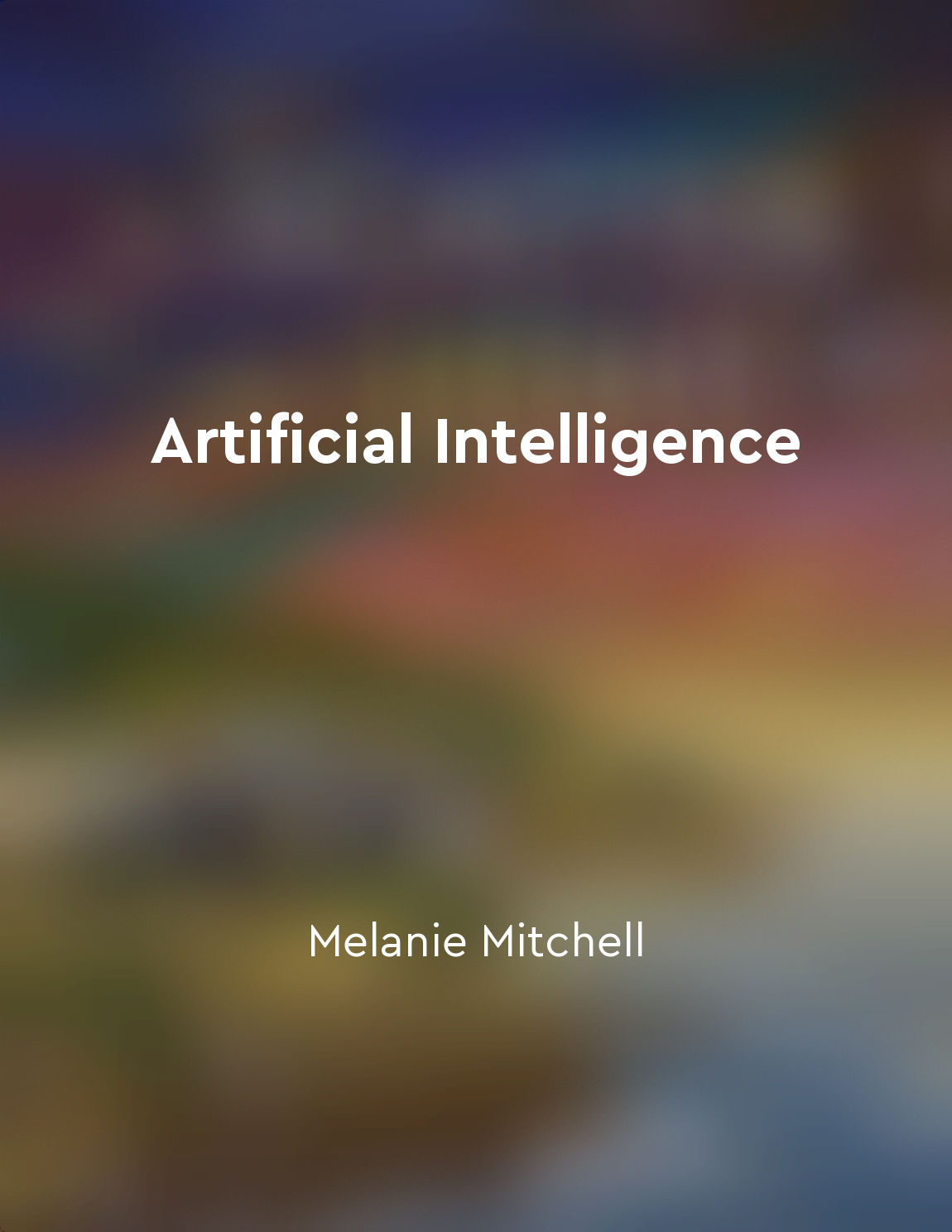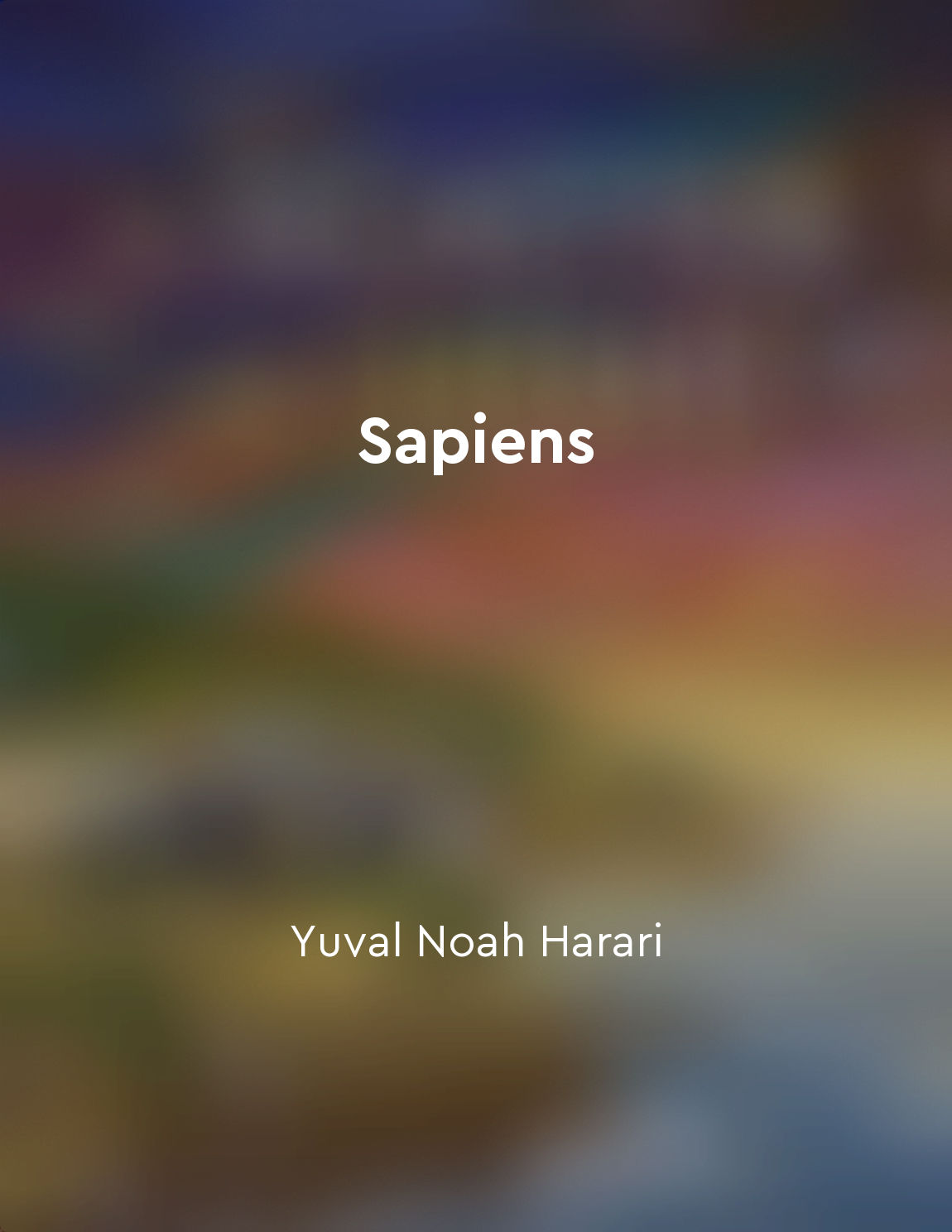Audio available in app
The Turing Test is a measure of a machine's ability to exhibit intelligent behavior indistinguishable from a human from "summary" of Artificial Intelligence by Melanie Mitchell
The Turing Test, proposed by Alan Turing in 1950, is a benchmark for evaluating artificial intelligence. The test involves a human judge engaging in a conversation with both a machine and another human, without knowing which is which. If the judge cannot reliably distinguish between the machine and the human based on their responses, the machine is said to have passed the Turing Test. The test is designed to measure a machine's ability to exhibit intelligent behavior indistinguishable from that of a human. In other words, the machine must be able to communicate in a way that is indistinguishable from human communication. This includes understanding and generating natural language, responding appropriately to questions, and engaging in meaningful conversations. Passing the Turing Test is considered a significant milestone in the development of artificial intelligence. It suggests that the machine is capable of simulating human intelligence to a high degree. However, it is important to note that passing the Turing Test does not necessarily mean that a machine truly understands or possesses human-like intelligence. It simply demonstrates the machine's ability to mimic human behavior in a specific context. Critics of the Turing Test argue that it is a limited measure of intelligence, as it focuses primarily on the ability to imitate human conversation. They suggest that true intelligence involves a deeper understanding of concepts, creativity, and the ability to learn and adapt in various situations. Despite its limitations, the Turing Test remains a widely recognized and influential concept in the field of artificial intelligence.- The Turing Test serves as a thought-provoking challenge for researchers and developers in the field of artificial intelligence. It raises important questions about the nature of intelligence, the capabilities of machines, and the relationship between humans and technology. As technology continues to advance, the Turing Test remains a relevant and intriguing concept for exploring the potential of artificial intelligence.
Similar Posts

AI ethics and responsibility are critical considerations in the development of intelligent systems
AI ethics and responsibility are paramount in the design and implementation of intelligent systems. As AI technologies become m...

The development of writing allowed for the preservation of knowledge
Writing was one of the most revolutionary developments in human history. It allowed Homo sapiens to store and transmit knowledg...
Memory is the residue of thought
When we think, we are using our working memory. This is where conscious thoughts occur, where we reason, solve problems, and ma...

